Retirement Checklist

Selecting a date to retire may be one of the most important decisions you make about your future. Get our free retirement checklist to help you assess your financial readiness.
How Do I Know if I Have Enough to Retire?
One of the first questions financial advisors get when meeting potential clients for the first time is, “How do I know if I have enough to retire?” The truth is, staying on track for retirement is sometimes easier said than done. Certain events can veer you off course, such as market volatility, economic uncertainty, and unexpected life events. Following a retirement checklist can help you assess your financial and retirement readiness.




